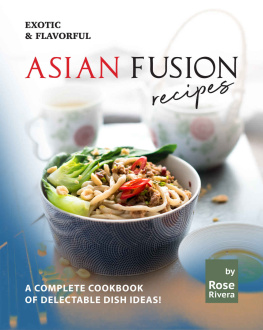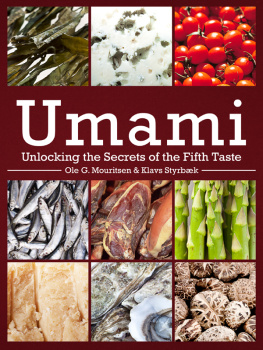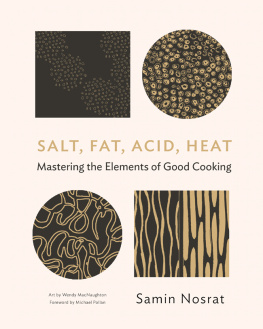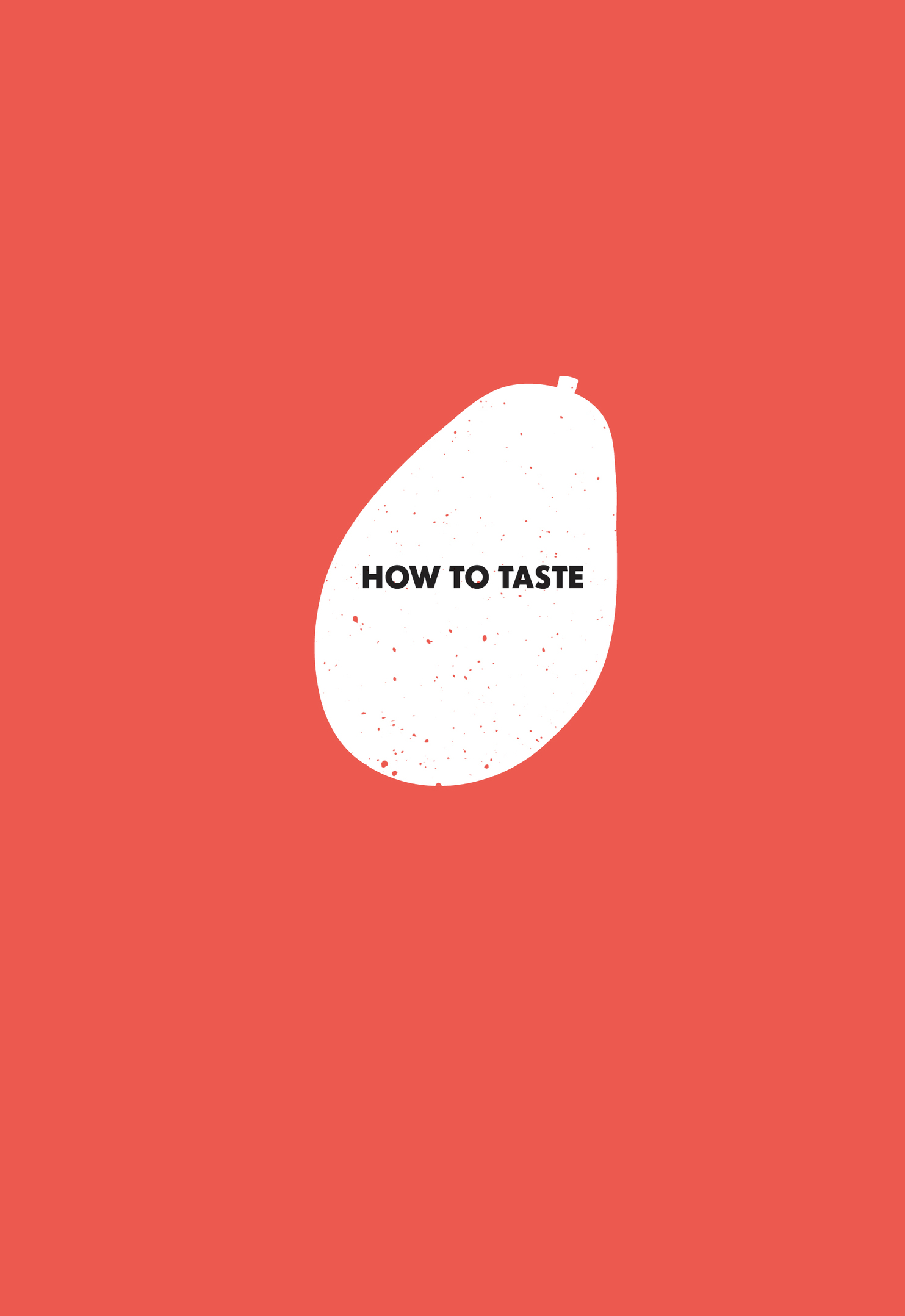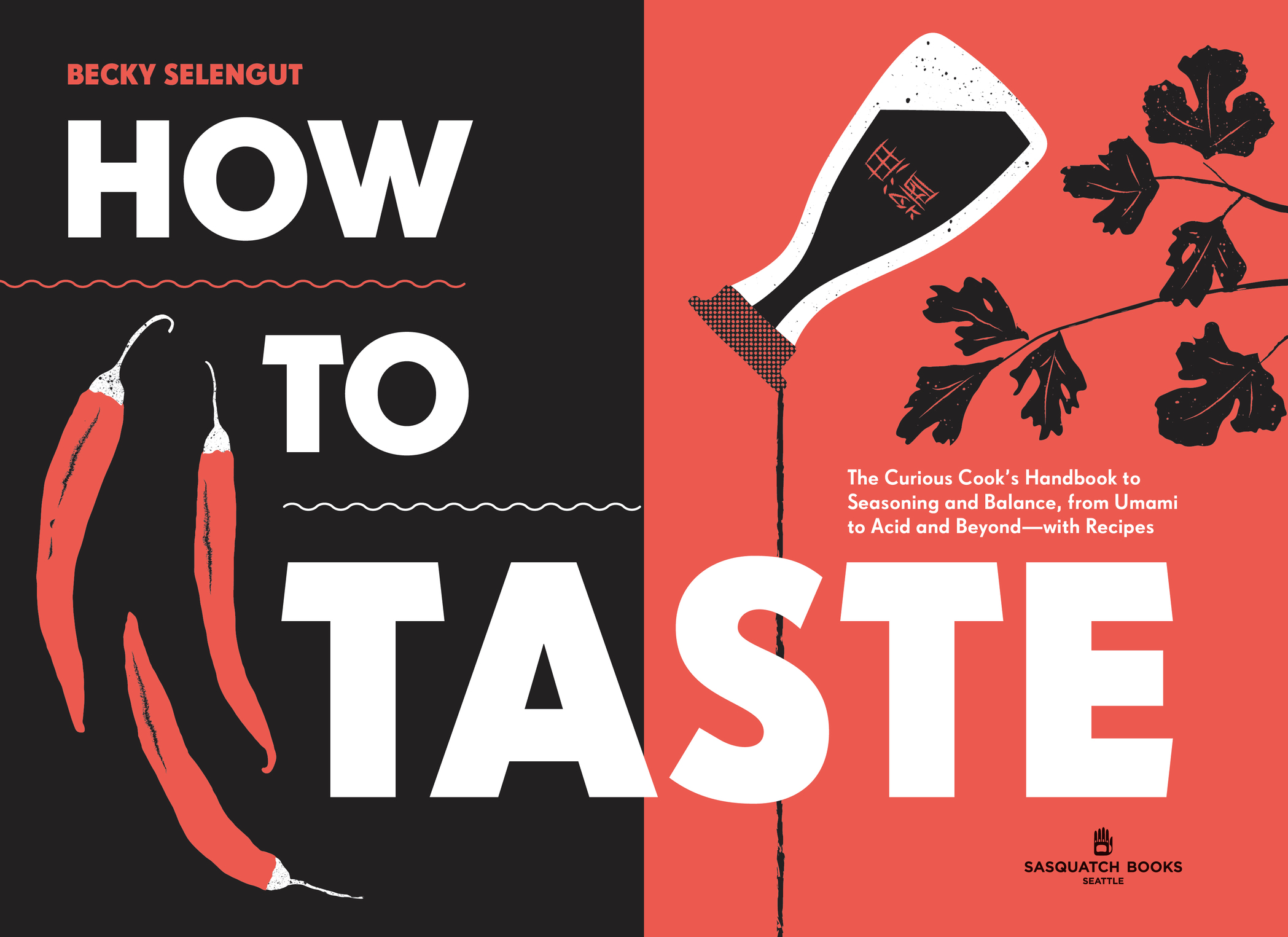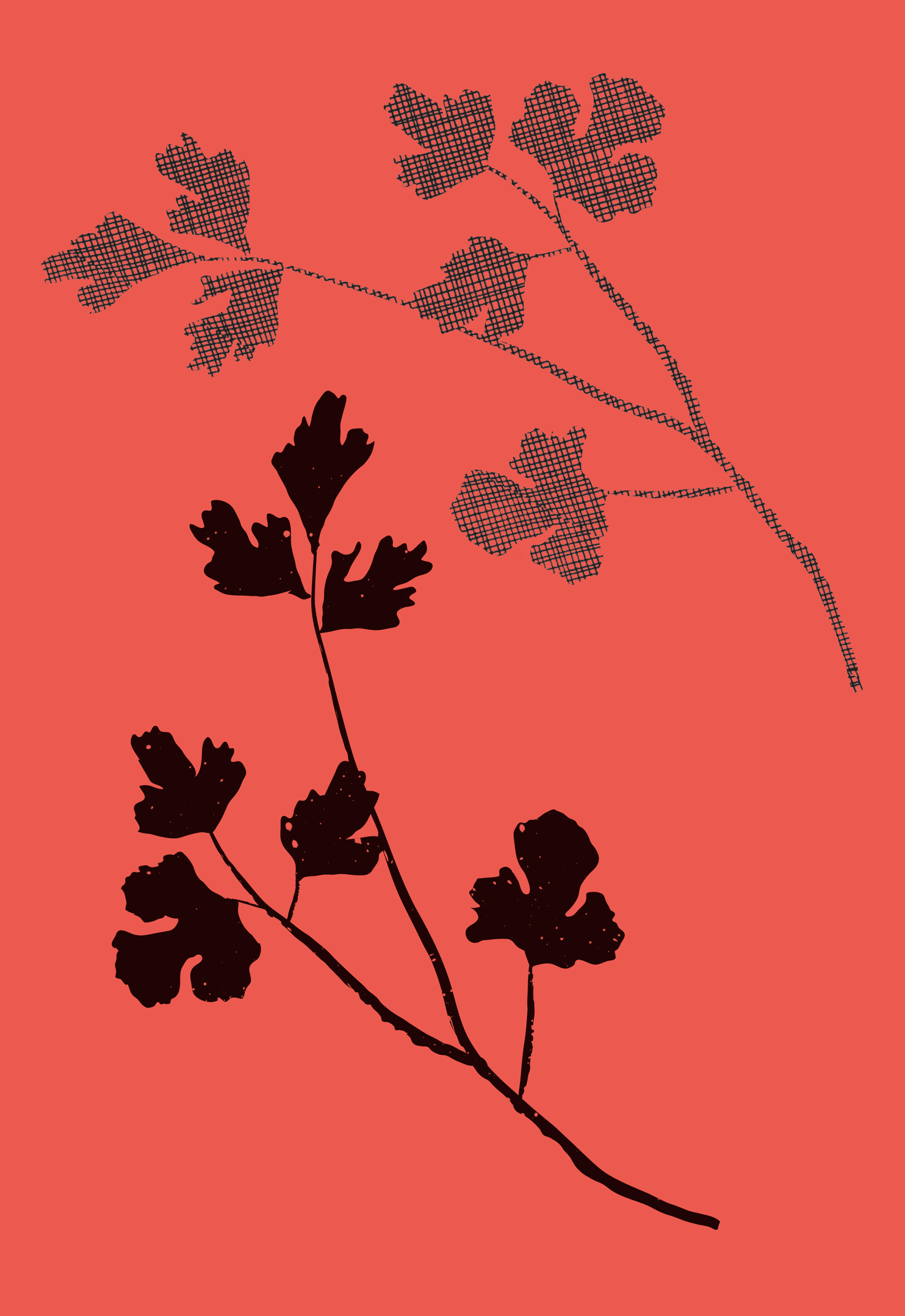Contents
Copyright 2018 by Becky Selengut
All rights reserved. No portion of this book may be reproduced or utilized in any form, or by any electronic, mechanical, or other means, without the prior written permission of the publisher.
Published by Sasquatch Books
Editor: Susan Roxborough
Production editor: Em Gale
Design and illustrations: Tony Ong
Copyeditor: Rachelle Long McGhee
Library of Congress Cataloging-in-Publication Data is available.
Names: Selengut, Becky, author.
Title: How to taste : the curious cooks handbook to seasoning and balance, from umami to acid and beyondwith recipes / Becky Selengut.
Description: Seattle, WA : Sasquatch Books, [2018] | Includes bibliographical references and index.
Identifiers: LCCN 2017041100 | ISBN 9781632171054 (hardcover : alk. paper)
Subjects: LCSH: Cooking, American. | Flavor. | Cooking (Spices) | LCGFT:
Cookbooks.
Classification: LCC TX715 .S14575 2018 | DDC 641.5973dc23
LC record available at https://lccn.loc.gov/2017041100
ISBN9781632171054
Ebook ISBN9781632171061
Sasquatch Books
1904 Third Avenue, Suite 710
Seattle, WA 98101
(206) 467-4300
www.sasquatchbooks.com
v5.1
a
For AprilI should have never doubted you were a supertaster
Recipe List

FOREWORD
Follow a good recipe and you can be a good cook. Purchase the right ingredients, measure, chop, slice, grind, assemble, heat, assess doneness, and in the end the steps will probably create a dish that is close to what the recipe writer intended.
But to be a great cook? Great cooks dont just follow recipes; they understand flavors and how to balance them. They know that if the corn in the soup is super sweet, a squeeze of lime will keep it from cloying. If the eggplant in the baba ghanoush is bitter, they know a little more salt will mitigate it. Theyll bump up the dill if the fricassee needs a lift and grate Grana into the potatoes if they need more savor. Great cooks know how to taste.
Becky is one of those great cooks. I hired her in 2001 when I was chef of the Herbfarm, which was something of a temple to Northwest seasonal ingredients and culinary herbs. She was intuitive, thoughtful, and wisecracking, and I loved working with her. Since those days, she has become an accomplished chef whose dishes pop with bright flavors. But Becky is also a great communicator and has expressed her passion for cooking through a career of writing and teaching.
When Becky first told me about her idea for this book I thought it was brilliant. So much is written on food and cookingmillions of recipes, volumes on cooking techniques, plenty on food science, but scarcely anything out there on what I would call flavor theory. Her book explains how to identify flavors, how to build flavors, how to balance flavors, and how to fix a dish with flavors that go off balance. No easy task, but through her years of teaching cooking classes she can speak a language about flavor that inspires her students to be better cooks.
Becky has accomplished all that she set out to do. In this book, she codifies the elements of flavor, from sweet to bitter to fatty to umami to aromatic, and explains with clarity, insight, and wit how they work in a dish. Even though Ive been rattling the pots and pans for four decades, reading this book has made me think about flavors in new ways and will undoubtedly make me a better cook too.
Jerry Traunfeld, James Beard awardwinning chef/owner of Poppy and Lionhead restaurants in Seattle, Washington, and author of The Herbfarm Cookbook and The Herbal Kitchen
INTRODUCTION
Season to taste is the recipe writers most colossal cop-out. Your recipe doesnt taste great? Well you must not have seasoned it properly! After all, we recipe writers are realists and we know that most home cooks adjust the ingredients and method, depending on what they have on hand and their own sense of creativity or inertia. Season to taste is vague enough to patch over a wealth of problems. Once the recipe leaves the writers hands, different brands of stock, natural salt differences in produce, ingredient substitutions, and improper measurements can swing the pendulum of the recipe way off balance. For example, if you decide to scrap the capers I call for because you happen to think theyre vile green orbs, that recipe just lost a lot of its salt, not to mention some acid and umami. That missing salt means the dish is no longer in the zone of proper seasoning.
Seasoning goes beyond salt, and if youre stymied by season to taste you might really be stuck once you think youve added enough salt and the dish still doesnt taste right. Most people know if their food is good or bad, but few know precisely why. If youve ever made a disaster of a dinner, been mystified by what the term to taste means, and had no bloody idea what went sideways, this book is for you.
My wife, April, has a specialty in the kitchen called Oh SHIT! because thats what I hear bouncing off the walls and up the stairwell each time she attempts to cook. This book is for her, but its also for you. Even if her specialty is not yours and most of the time you get things to taste pretty good, this book will help you understand both your successes and failures and tip the balance toward the former.
Ive been teaching students how to taste and season their food for much of my twenty-year career. Ive noticed that when my students are unsure about whats wrong with the dish they can describe the problem while remaining unaware that their own words and body language signal the solution. Other times, when prompted, they use adjectives and gestures that are remarkably consistent from person to person. When a dish needs salt, they say the flavor just falls off, the carrot soup doesnt really taste carrot-y, it seems like I taste it at first and then [making a downward gesture with their hand] there is nothing. If their shoulders shrug when they are talking, or if they say simply, meh, well, its definitely a salt problem. And yet I see so many people throw the whole kitchen sink at a salt problem, thinking that surely a handful of oregano and smoked paprika are the fix.


